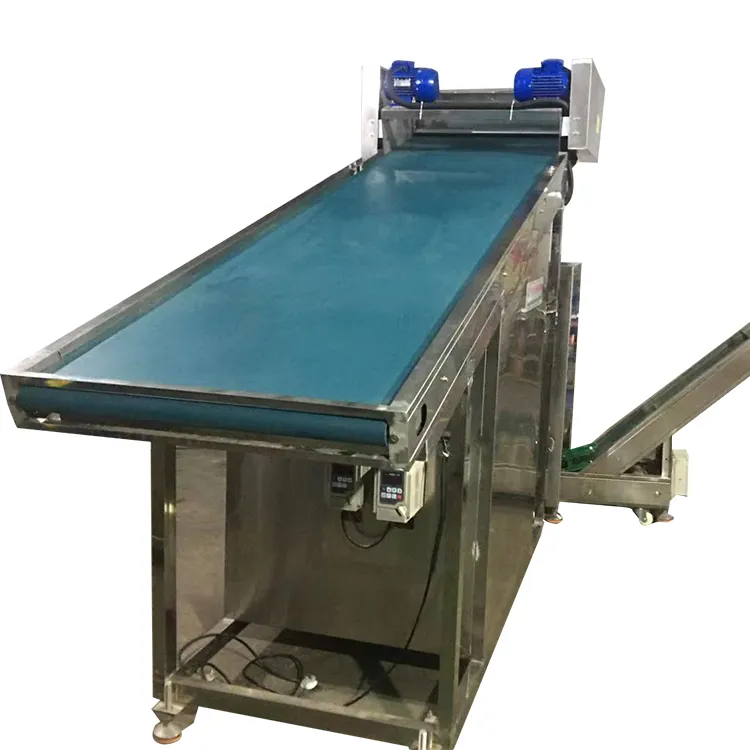Puzzles have been a popular form of entertainment for centuries, providing hours of enjoyment and mental stimulation for people of all ages. Over the years, the technology used to create puzzles has evolved significantly, leading to new and innovative ways to design and produce these brain-teasing games.
Past: Handcrafted Ingenuity
In the past, puzzle making technology was limited to rudimentary tools and techniques. Puzzles were often hand-crafted using basic materials such as wood, cardboard, and paper. Each piece had to be cut and shaped by hand, making the process time-consuming and labor-intensive. While these handmade puzzles were charming in their own way, they were often limited in complexity and variety.
Present: Technological Revolution
However, as technology advanced, puzzle making underwent a revolution. The introduction of mechanical tools such as die-cutting machines and laser cutters allowed for more intricate and precise puzzles to be created. Manufacturers could now produce puzzles with hundreds or even thousands of pieces, offering a greater challenge to puzzle enthusiasts.
In the present day, puzzle making machine technology has reached new heights of sophistication. Digital design software enables designers to create intricate and detailed artwork for puzzles with ease. 3D printing technology has also made its mark, allowing for puzzles to be produced with complex shapes and structures that were previously impossible to achieve.
Advancements in manufacturing processes have made it possible to produce puzzles on a mass scale, making them more accessible and affordable to a wider audience. Puzzle enthusiasts can now choose from a vast array of themes, designs, and difficulty levels, catering to all tastes and preferences.
Future: Unlimited Possibilities
Looking towards the future, the evolution of puzzle making technology shows no signs of slowing down. Virtual reality and augmented reality technologies have the potential to revolutionize the way puzzles are experienced, offering immersive and interactive gameplay experiences unlike anything seen before.
Additionally, artificial intelligence and machine learning algorithms could be utilized to create personalized puzzles tailored to individual preferences and abilities. Imagine a puzzle that adapts to your skill level, providing a challenging yet rewarding experience every time.
Conclusion
In conclusion, the evolution of puzzle making technology has come a long way from its humble beginnings. From handcrafted wooden puzzles to digitally designed and 3D printed masterpieces, the possibilities for puzzle creation are endless. As technology continues to advance, we can expect puzzles to become even more sophisticated and engaging, providing endless hours of entertainment and enjoyment for generations to come. So, the next time you sit down to tackle a puzzle, take a moment to appreciate the ingenuity and craftsmanship that went into creating it.
